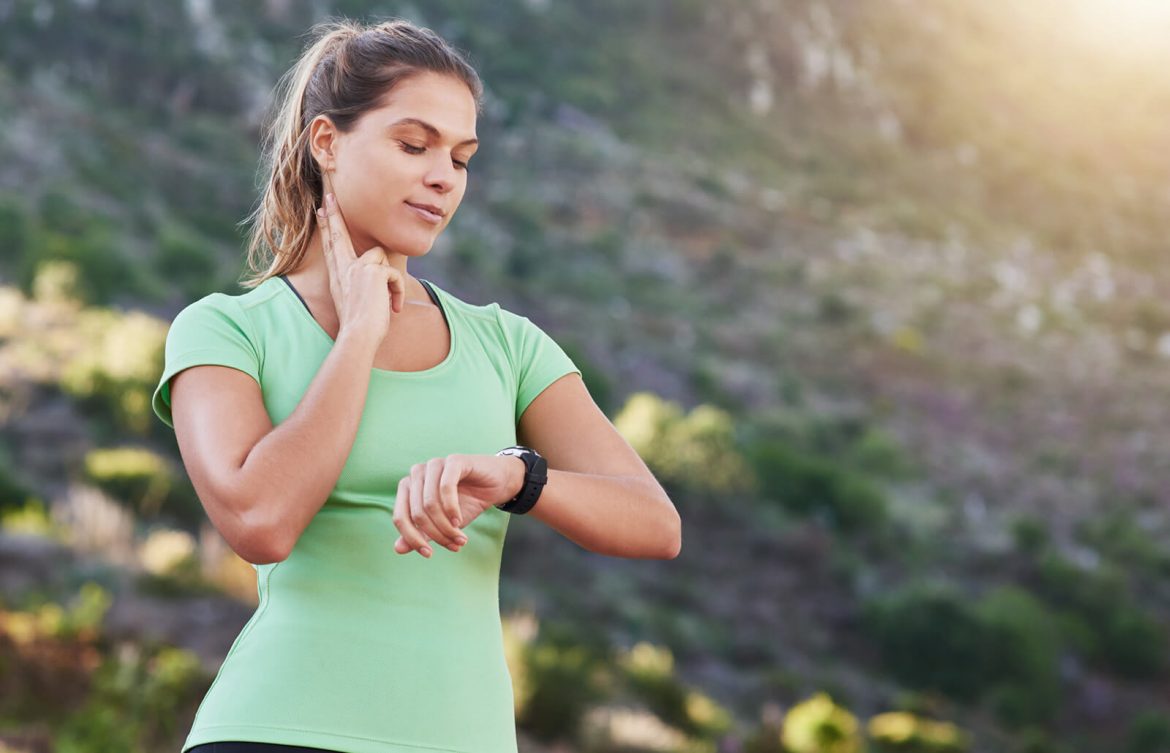The advantages of normal exercises and exercise are colossal. Ordinary vigorous activity assists your cardiovascular framework with turning out to be more productive, shipping oxygen and supplements to your tissues and working muscles. The more powerful your body is at doing this, the more energy you feel, the better your insusceptible framework capabilities, and your gamble factors for some infections are extraordinarily diminished. Practice likewise delivers endorphins which assist with diminishing pressure and work on your close-to-home and psychological well-being.
Indeed, even a little activity is superior to none by any means. The American College of Sports Medicine suggests something like 30 minutes of active work five days every week. On the off chance that you can’t carve out the opportunity for a full half-hour exercise, three, 10-minute meetings might have comparative medical advantages, as long as you increment your pulse to a level that gives your heart a decent exercise.
Significance of observing your exercise pulse
While a standard oxygen-consuming exercise can fortify your heart, going overboard or “overheating” could hurt you. It means quite a bit to practice at a protected and successful level. This is urgent on the off chance that you show at least a bit of kindness or cardiovascular condition. Checking your objective pulse can assist you with remaining in a protected activity pulse.
Also, in light of the fact that medications might change your pulse, it’s vital to check with your medical services supplier prior to beginning a workout in everyday practice. If so, there are better ways of checking your activity force than observing your pulse.
Target practice pulse rules
A normal resting pulse is between 60 to 100 beats per minute. Your objective activity pulse depends on 60 – 85 percent of the greatest pulse. For a great many people target practice pulse levels are:
Light activity – between 60 – 70% of your greatest pulse
Moderate activity between 71-85% of your greatest pulse.
In the event that you are simply beginning a workout daily schedule, you might need to begin at 60 to 70 percent of your objective pulse. Then, at that point, as you become more fit, you can advance to 70 to 85 percent of your objective pulse. As your age builds, your objective pulse will diminish.
Certain vigorous or cardio exercises expect that you practice with focused energy for a set timeframe with worked in rest periods. This power can be hazardous assuming you are simply starting to work out or have heart or cardiovascular circumstances. That is the reason it’s vital to screen your pulse. When in doubt of thumb:
On the off chance that you keep your exercise pulse in the lower scope of the objective pulse rule, you will actually want to practice longer.
On the off chance that you keep your activity pulse in the higher scope of the rule, you will have better cardiovascular and respiratory wellness.
For instance: If you are 30 years of age and simply beginning to sort out, your activity pulse would be somewhere in the range of 114 and 133 beats each moment, and 19 to 22 beats each 10-second count.
Ways of ascertaining and screening your activity pulse
Shrewd applications, contraptions, and hardware screens.
Many advanced mobile phone applications, savvy watches, wellness screens, and exercise hardware frequently can assist with following things like your objective pulse.
Actually, look at your heartbeat.
Put two fingers within your wrist just beneath your thumb then press softly until you feel your heartbeat.
Count your pulses for 10 seconds. Increase your pulses by six.
On the off chance that your heartbeat is sporadic or skips thumps, count your pulsates for an entire 60 seconds.
On the off chance that your rate is higher than normal, dial back and don’t practice so hard.
Do the “talk test”.
In the event that you can have a genuinely typical discussion while practicing or on the other hand on the off chance that you can sing, you likely need to work somewhat more diligently. Assuming you experience difficulty talking or singing, you might have to dial back.
Signs you might be working out too with great intensity
As you work out, know about your body’s reaction. Signs you might be practicing too seriously include:
- dazedness or discombobulation
- sickness and spewing
- cold perspiration
- windedness that makes discussion troublesome
- depletion or uncommon exhaustion
- feeling as though your heart is out of nowhere dashing or beating
any chest agony or strain in your:
- teeth
- arm
- jaw
- ear
- neck
- between your shoulder bones.
Practice securely
Warm up and chill off are significant pieces of your activity program. Find an opportunity to gradually bring your pulse into your pulse range. This securely readies your body for high-impact practice and decreases your gamble of injury. Changes likewise happen with a pulse during exercise, so including a cool down toward the finish of an exercise will gradually get your circulatory strain and pulse once again to pre-practice conditions.



